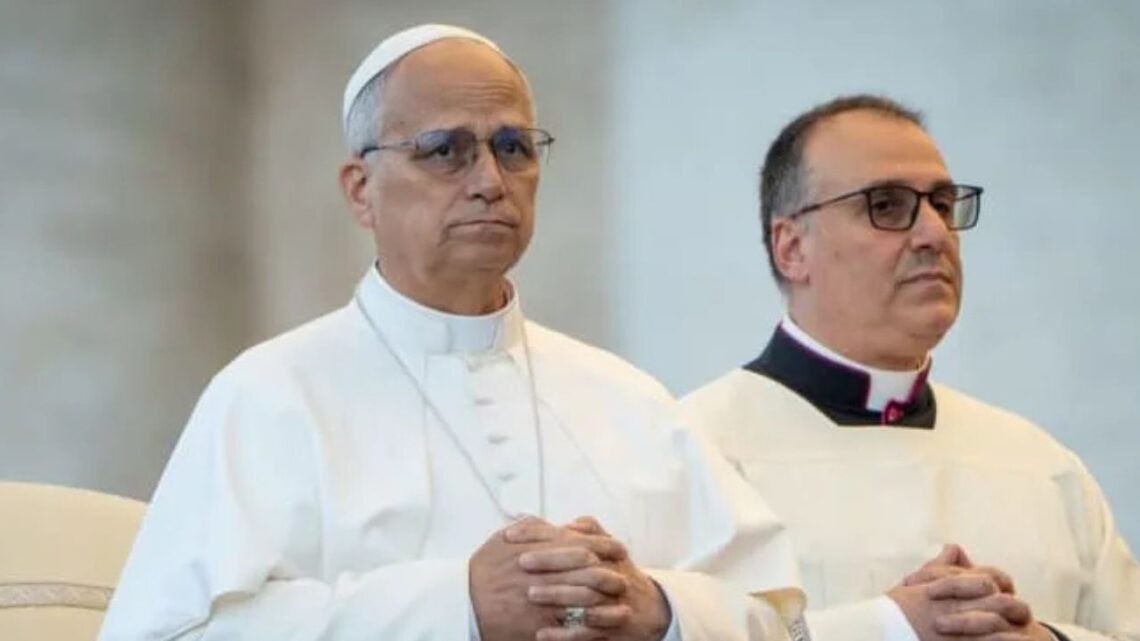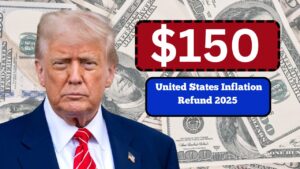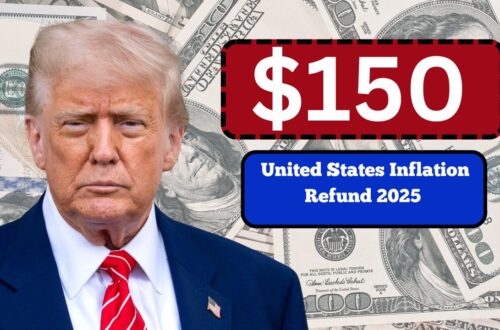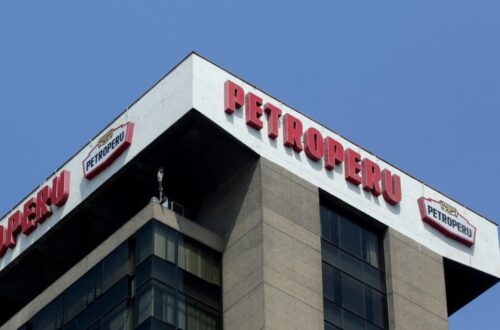When there is grief, conflict, and fear, even a small spark of hope can change everything. That is what Pope Leo XIV spoke about in his October 12, 2025 address in St. Peter’s Square. He reflected on war, peace, and the struggle many nations face.
His words touched on Gaza, Ukraine, and Peru — places suffering in different ways. In this article, we will look at what he said, why his message matters, and how people everywhere can find strength in times of trouble.
A Spark of Hope in the Holy Land
Ending Hostilities in Gaza
Recent days have brought signs that peace might be possible in Gaza. A ceasefire agreement was reached, largely due to pressure from U.S. leadership.
This agreement has allowed about 500,000 Palestinians to return home to the northern part of the enclave — though many found ruins instead of houses.
Pope Leo XIV mentioned this as a spark of hope. He urged both sides to keep working toward a lasting peace — a peace that honours the rights and humanity of both Israelis and Palestinians.
The Pope’s Prayer for Reconciliation
During Mass, the Pope prayed that God, who is the true Peace of humanity, would heal wounds and help people do what seems humanly impossible: see the other not as an enemy but as a brother or sister. He called for forgiveness, empathy, and hope.
Compassion for Ukraine
New Attacks and Infrastructure Damage
Ukraine, already battered by war, faced more attacks. Key energy infrastructure in Donetsk, Odessa, and Chernihiv was bombed. In just one week, Russian forces launched over 3,100 drones, 92 missiles, and about 1,360 glide bombs.
The approaching winter makes it worse — people are left without heating or electricity in freezing conditions.
The Pope’s Calls for Peace
From the very start of his pontificate, Pope Leo XIV has pushed for peace in Ukraine. He has met Ukrainian President Volodymyr Zelensky twice and spoken over the phone with Russian President Vladimir Putin. His message remains steady:
“My heart goes out to those who suffer … I renew my appeal to put an end to violence, to stop destruction, to open up to dialogue and peace!”
A Call for Unity in Peru
Political Crisis and Transition
In Peru, politics have reached a breaking point. After mass protests by young people demanding action against corruption and violence, the Parliament impeached President Dina Boluarte.
This vote was close: 122 in favour, 130 against. With the president removed, Parliament Speaker José Jeri is now acting head of state, until elections scheduled for April 2026.
The Pope’s Connection to Peru
Interestingly, Pope Leo XIV is a naturalized Peruvian citizen—he became one in 2015 when he served as bishop in Chiclayo. He expressed closeness to the Peruvian people during this unstable time, praying that they find reconciliation, dialogue, and national unity.
Whether the Pope can visit Peru depends on how stable the country becomes. A visit before April 2026 is unlikely, but many are hopeful for the future.
Key Issues the Pope Addressed
| Region | Issue Highlighted | Pope’s Message & Action |
|---|---|---|
| Holy Land (Gaza) | Ceasefire, return of displaced people | Encouraged peace, healing, mutual respect |
| Ukraine | Bombings of energy infrastructure, civilian suffering | Demanded end of violence, promoted dialogue |
| Peru | Political crisis, impeachment, public protests | Called for unity, stable transition, healing |
Why These Messages Matter
Pope Leo XIV’s words are more than religious commentary — they carry moral force. When a spiritual leader appeals for peace, dialogue, and healing, it reminds people in conflict zones that they are not alone.
His messages to Gaza, Ukraine, and Peru show a consistent belief that even in darkness, hope and reconciliation are possible.
In a world filled with conflict and division, a spark of hope is sometimes all we need to begin walking toward reconciliation.
Pope Leo XIV’s reflections on Gaza, Ukraine, and Peru show us that no matter how deep the wounds, it’s possible to seek healing, to look upon others as brothers or sisters, and to open doors of dialogue.
While the path is hard and filled with setbacks, his call to peace urges all of us—leaders and citizens—to believe that a just and lasting future can be built. Let us hold on to hope, remember our shared humanity, and work toward a world where conflict gives way to compassion.









